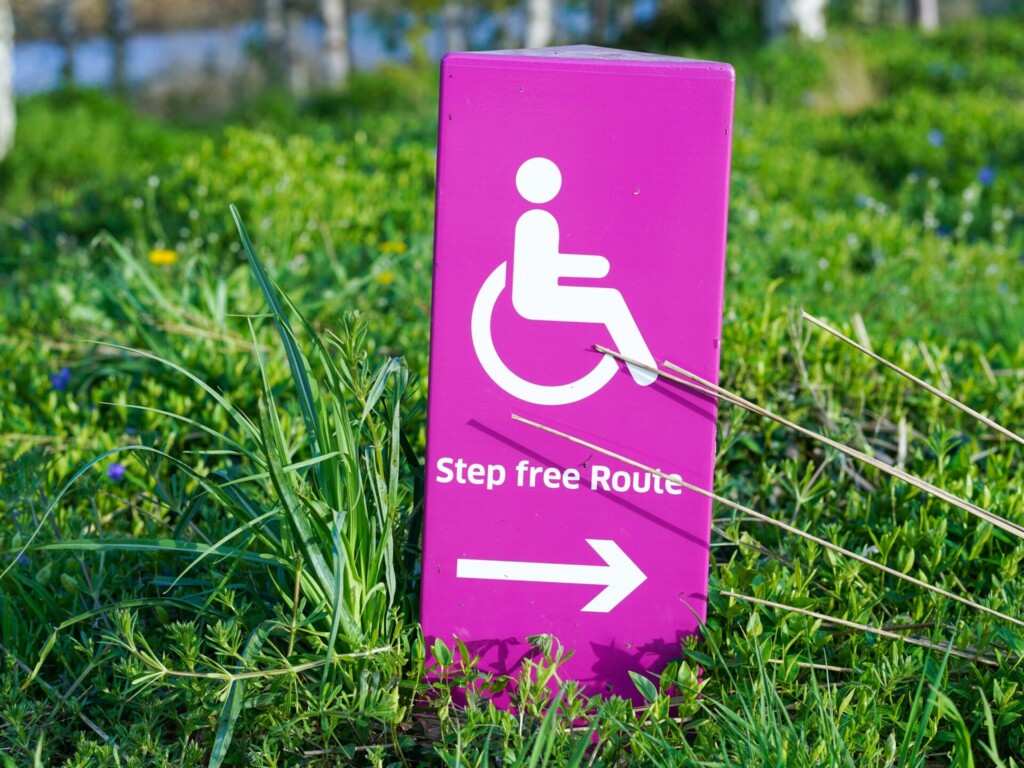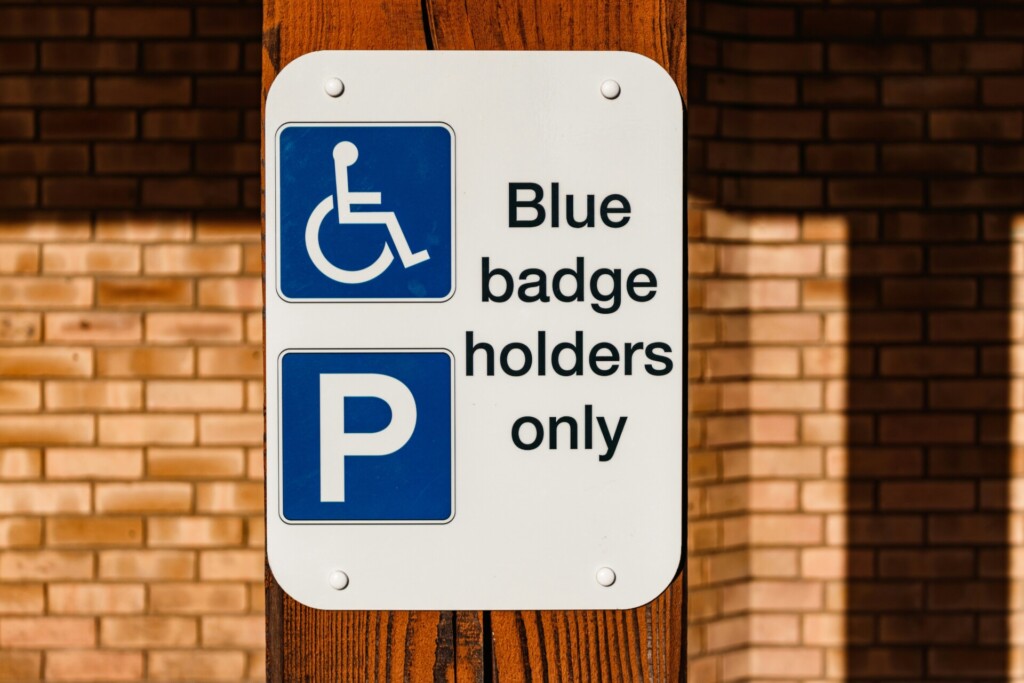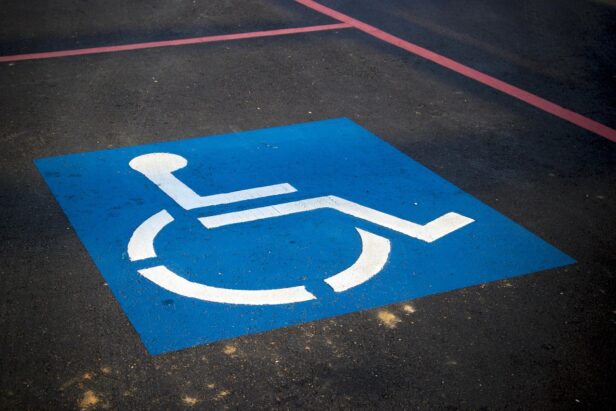When it comes to ensuring equal access for all, Texas takes this responsibility seriously. The Texas Accessibility Standards (TAS) are a comprehensive set of guidelines designed to make buildings, facilities, and public spaces accessible to everyone, regardless of physical abilities. These standards serve as a blueprint for inclusion across the Lone Star State.
Administered by the Texas Department of Licensing and Regulation (TDLR), TAS is codified as part of the Texas Government Code, Chapter 469. But what exactly do these standards entail? At their core, TAS outlines the minimum requirements for accessibility in Texas, covering a broad spectrum of structures. From government buildings and commercial spaces to multifamily housing complexes, TAS sets the bar for how we build and modify our shared environments.
The scope of TAS reflects the diversity of Texas itself. By addressing accessibility in such a wide array of settings, these standards aim to create a more inclusive society where everyone can participate fully. Whether you’re an architect planning a new office building, a business owner renovating a storefront, or a developer working on apartment units, TAS provides the roadmap for making spaces that welcome all Texans.
What Features Are Covered by Texas Accessibility Standards?

The Texas Accessibility Standards (TAS) encompass a range of critical features to ensure buildings and facilities are accessible to people with disabilities. These guidelines are structured into ten detailed chapters, covering all aspects of accessibility from application and administration to specific building elements. Explore some of the key areas addressed by TAS:
Building Access
At the core of TAS are requirements for accessible entrances and exits, ensuring individuals with mobility challenges can enter and leave buildings easily. The standards specify details like door widths, threshold heights, and the force required to open doors. We consider these specifications carefully when designing entryways to create welcoming, barrier-free access points.
Accessible Routes
Once inside a building, TAS mandates clear accessible routes. This includes corridors, ramps, and elevators that allow easy navigation. We focus on corridor widths, turning spaces, and slope gradients when planning interior layouts. The goal is to create seamless pathways that accommodate wheelchairs and other mobility devices.
Parking Facilities
Accessible parking is another crucial element covered by TAS. The standards outline requirements for the number of accessible spaces, their dimensions, and proper signage. When designing parking lots, we ensure there are sufficient van-accessible spaces and that access aisles are wide enough for safe vehicle entry and exit.
Restroom Accessibility
TAS provides specifications for accessible restrooms, covering everything from the placement of grab bars to the height of fixtures. We consider clearance spaces, reach ranges, and the positioning of amenities to create restroom facilities that are functional for all users.
Communication Features
Beyond physical accessibility, TAS addresses communication needs, including requirements for visual alarms, assistive listening systems in assembly areas, and TTY-compatible telephones. We integrate these features to ensure individuals with hearing or speech impairments can communicate effectively.
Signage and Wayfinding
Clear, accessible signage is essential for navigation, and TAS outlines specific requirements for text size, contrast, and the use of braille. When implementing wayfinding systems, we ensure that directional signs are placed at appropriate heights and locations to guide all building users effectively.
Plumbing Elements and Facilities
TAS covers the accessibility of various plumbing elements, including drinking fountains, sinks, and showers. We consider factors like knee clearance, faucet design, and the placement of controls to ensure these facilities are usable by individuals with different abilities.
Recreation Facilities
For projects involving recreational spaces, TAS provides guidelines for making elements like swimming pools, exercise equipment, and play areas accessible. This might involve designing transfer systems for pools or creating accessible routes to playground equipment.
By adhering to these standards, we create environments that are not just compliant, but truly inclusive. TAS guidelines help us design spaces where all individuals, regardless of physical abilities, can navigate, use facilities, and participate fully in the built environment.
As construction professionals, it’s crucial that we understand and implement these accessibility features in every project. By doing so, we meet legal requirements and contribute to creating a more inclusive society where all individuals can access and enjoy public spaces with dignity and independence.
Who Enforces the Texas Accessibility Standards?
The Texas Department of Licensing and Regulation (TDLR) is the primary enforcer of the Texas Accessibility Standards (TAS). As the regulatory body overseeing accessibility compliance, TDLR plays a crucial role in ensuring buildings and facilities across the state meet the required guidelines.
We coordinate closely with TDLR to stay informed about the latest TAS requirements and enforcement procedures. This allows us to provide expert guidance to our clients on achieving and maintaining compliance. TDLR’s enforcement activities typically include:
Building Inspections
TDLR conducts regular inspections of new construction and renovation projects to verify TAS compliance. Their team of Registered Accessibility Specialists examines various elements like entrances, restrooms, parking areas, and signage. We assist our clients in preparing for these inspections by conducting thorough pre-inspections and addressing any potential issues.
Technical Assistance and Training
Apart from enforcement, TDLR offers valuable resources to help building owners and managers understand TAS requirements. They provide technical assistance, training programs, and guidance documents. We often leverage these materials to enhance our own accessibility consulting services and keep our clients informed of best practices.
Penalties for Non-Compliance
When violations are identified, TDLR has the authority to impose penalties and require corrective actions. Non-compliance can result in fines, mandated modifications, and in some cases, legal proceedings. The specific consequences depend on the severity and persistence of the violations. Our proactive approach to TAS compliance helps minimize these risks for the projects we manage.
By working closely with TDLR and remaining vigilant about TAS requirements, we ensure our clients’ buildings and facilities meet the highest standards of accessibility. This not only avoids potential penalties but also creates more inclusive spaces for all Texans.
What Updates Are Coming to the Texas Accessibility Standards?

The Texas Department of Licensing and Regulation (TDLR) is developing new 2022 Texas Accessibility Standards (TAS), marking the first major update since 2012. These proposed changes aim to enhance accessibility across various areas and incorporate technological advancements. Key updates include:
New Facility Types
The 2022 TAS will include provisions for detention and correctional facilities, addressing their unique accessibility needs. This expansion ensures that a broader range of public spaces meet accessibility requirements.
Revised Parking Requirements
New parking standards will be introduced, likely affecting the number, size, and design of accessible parking spaces. These changes may impact both new construction and renovations to existing facilities.
Technology-Driven Additions
The updated standards will incorporate technical requirements based on recent technological advances, including:
- Adult changing tables in certain public restrooms
- Accessibility considerations for electric vehicle charging stations
These additions reflect the evolving needs of individuals with disabilities in modern public spaces.
Clarification and Expansion
The 2022 TAS will clarify existing advisory requirements, helping to reduce ambiguity in interpretation. Additionally, a new chapter on outdoor guidelines will be introduced, covering accessibility standards for parks, trails, and other outdoor recreational areas.
Adoption Timeline
The adoption of the 2022 TAS has been delayed. The TDLR and stakeholders are still reviewing over 400 public comments received during the 30-day comment period. This thorough review process ensures the final standards address the concerns and needs of various stakeholders.
It’s important to note that once adopted, the new standards will not retroactively apply to projects already registered with the TDLR prior to the effective date. This allows for a smoother transition as the construction and design industries adapt to the updated requirements.
For professionals in architecture, construction, and facility management in Texas, staying informed about these upcoming changes is crucial. The new TAS will likely impact design decisions, construction practices, and retrofit requirements across a wide range of public and commercial buildings throughout the state.
Why Are Texas Accessibility Standards Important?
The Texas Accessibility Standards (TAS) play a crucial role in fostering inclusive and accessible environments across our state. In construction projects, TAS guidelines do more than just dictate building specifications – they actively shape spaces to empower individuals with disabilities.
By implementing TAS in our designs and builds, we remove physical barriers that might otherwise limit independence. For instance, properly designed ramps, doorways, and restroom facilities allow wheelchair users to navigate buildings with dignity and autonomy. Clear signage and communication features benefit those with visual or hearing impairments. These seemingly small details combine to create an environment where all Texans can fully participate in daily life.
The comprehensive nature of TAS is one of its greatest strengths. The standards cover a wide range of elements, from parking lots to interior spaces, ensuring accessibility is considered at every stage of design and construction. This holistic approach means we’re not just meeting minimum requirements but are genuinely creating inclusive spaces.
Importantly, TAS promotes equality of opportunity. When buildings and facilities are accessible, they open doors – both literally and figuratively – for people with disabilities to access employment, education, and community engagement. This ripple effect enhances quality of life and contributes to a more diverse and vibrant society for all Texans.
For construction professionals, embracing TAS isn’t just about legal compliance. It’s about recognizing our role in building a more equitable Texas. By prioritizing accessibility in our projects, we’re investing in the future of our communities and ensuring everyone has the chance to thrive.
Conclusion: Ensuring Compliance with Texas Accessibility Standards

Adherence to the Texas Accessibility Standards (TAS) is more than just a legal requirement—it’s a commitment to creating inclusive spaces that serve all Texans. As general contractors, we at EB3 Construction recognize the critical role these standards play in shaping the built environment. By diligently implementing TAS guidelines, we not only ensure regulatory compliance but also contribute to a more equitable and accessible Texas.
The landscape of accessibility requirements continues to evolve, reflecting advances in design and a deepening understanding of diverse needs. Staying current with these changes is crucial. We’ve found that cultivating relationships with qualified Registered Accessibility Specialists and maintaining open lines of communication with regulatory bodies like the Texas Department of Licensing and Regulation (TDLR) are invaluable strategies. These partnerships enable us to navigate the nuances of compliance with confidence and foresight.
Looking ahead, we see accessibility planning as an integral part of the design and construction process, not an afterthought. By considering TAS requirements from the earliest stages of a project, we can create spaces that seamlessly integrate accessible features, enhancing functionality for all users without compromising aesthetic vision. This proactive approach often leads to more innovative solutions and can mitigate costly retrofits down the line.
Ultimately, our goal extends beyond mere compliance. We strive to champion the principles of universal design, creating environments that are inherently usable by people with a wide range of abilities. This philosophy not only satisfies regulatory requirements but also adds long-term value to properties and enriches the communities we serve.
As we continue to build and shape Texas, let’s view TAS compliance not as a hurdle, but as an opportunity to demonstrate our commitment to equality and inclusion. By embracing these standards, we’re constructing a future where all Texans can participate fully in the spaces we create—a legacy of accessibility that will benefit generations to come.
For guidance on implementing Texas Accessibility Standards in your next project, contact EB3 Construction today.




